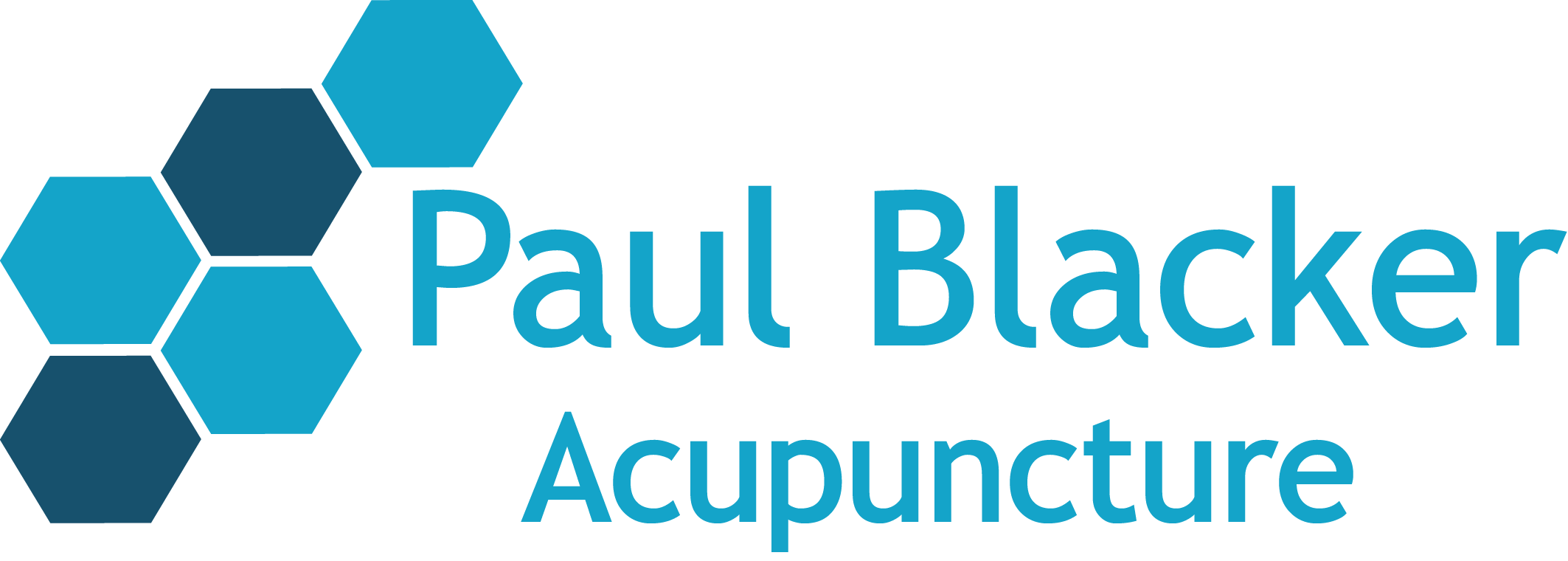your questions answered
Acupuncture is one of the longest established forms of healthcare in the world. Acupuncturists are trained to use subtle diagnostic techniques that have been developed and refined for thousands of years. The focus is on you as an individual, not your illness, and all symptoms are seen in relation to each other. Treatment involves the insertion of very fine needles into specific points on the body to affect the flow of your body’s Qi, or vital energy.
As a members of the British Acupuncture Council I practice the Traditional Acupuncture modality.
There is no fixed fee as practitioners’ overheads vary around the country. There are options to suit all budgets, from one-to-one consultations to multibed clinics. Most insurance companies also cover the cost of treatments with BAcC registered acupuncturists.
I charge for new patients £45.00, and for all follow up treatments £40.00
NICE (National Institute for Health and Care Excellence) recommends Acupuncture for the treatment of migraines, headaches and back pain on the NHS. Some GP practices offer integrated healthcare that includes acupuncture, but this is not yet commonplace.
Acupuncturists insert very fine sterile needles at precisely located points to connect with your body’s Qi. They will decide which points are right for you after a detailed consultation covering every aspect of your health and lifestyle. The aim is to direct the flow of Qi to trigger your body’s healing response and to restore physical, emotional and mental equilibrium. Treatment is designed to affect your whole being as well as your symptoms so, as the condition being treated improves, you may notice other health problems resolve and an increased feeling of wellbeing.
Acupuncture points are located at precise places along interconnected pathways that map the whole body, including the head, trunk and limbs. The most commonly used acupuncture points are on the lower arms and legs.
There is a growing body of evidence-based clinical research which is discovering how the body responds to acupuncture and its benefits for a wide range of common health conditions. A lot of people have acupuncture to relieve specific aches and pains, such as osteoarthritis of the knee, TMJ, headaches and low back pain, or for common health problems like an overactive bladder. Other people choose acupuncture when they can feel their bodily functions are out of balance, but they have no obvious diagnosis. And many have regular treatments because they find it so beneficial and relaxing.
Acupuncture needles are so fine that most people don’t feel them being inserted. It is normal to feel a mild tingle or dull ache as the acupuncturist adjusts the needle to direct Qi. While the needles are in place most people feel deeply relaxed which can continue after they are removed.
Occasionally a small bruise can appear at a needle site. Sometimes people can feel dizzy or tired after a treatment but this passes quickly.
Acupuncture is a branch of traditional medicine that has been practised in China and the far east for thousands of years. It has been developed, tested, researched and refined to give a detailed understanding of the body’s energetic balance. Without the benefit of modern scientific equipment, the first acupuncturists discovered many now familiar aspects of biomedical science, such as the impact of emotional stress on the body. Traditional acupuncture has steadily grown in popularity in the UK since the 1970s.
Moxa is often used in conjunction with acupuncture to enhance the effect of the treatment. The dried herb, Moxa, is used like incense to gently and safely warm the body, relax muscles and supplement Qi.
